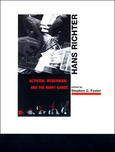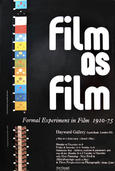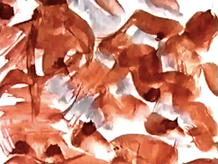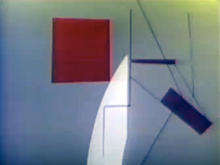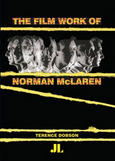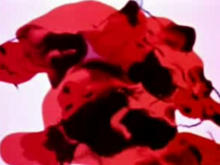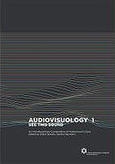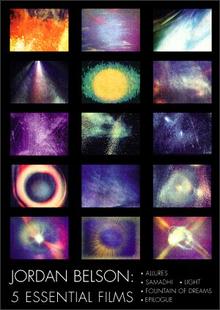Robert Breer
(1926 -2011) was an experimental filmmaker, painter, and sculptor. His films combine abstract and representational painting, hand-drawn rotoscoping, original 16mm and 8mm film footage, photographs, and other materials.
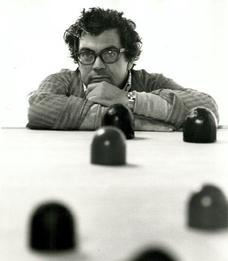
Robert Breer was most well known for his films, which combine abstract and representational painting, hand-drawn rotoscoping, original 16mm and 8mm film footage, photographs, and other materials. His aesthetic philosophy and technique were influenced by an earlier generation of abstract filmmakers that included Hans Richter, Viking Eggeling, Walter Ruttmann, and Fernand Léger, whose work he discovered while living in Europe. Breer was also influenced by the concept of Neo-plasticism as described by Piet Mondrian and Vasarely.
Source: Wikipedia
Robert Breer's career as artist and animator spans 50 years and his creative explorations have made him an international figure. He began his artistic pursuits as a painter while living in Paris from 1949-59. Using an old Bolex 16mm camera, his first films, such as Form Phases, were simple stop motion studies based on his abstract paintings.
Breer has always been fascinated by the mechanics of film. Perhaps his father's fascination with 3-D inspired Breer to tinker with early mechanical cinematic devices. His father was an engineer and designer of the legendary Chrysler Airflow automobile in 1934 and built a 3-D camera to film all the family vacations. After studying engineering at Stanford, Breer changed his focus toward hand crafted arts and began experimenting with flip books. These animations, done on ordinary 4" by 6" file cards have become the standard for all of Breer's work, even to this day.
("Robert Breer: Animator" by Jackie Leger. © 1996 Animation World Network)
Source: Animation World Network
The experimental animator Robert Breer, who has died aged 84, made more than 40 highly inventive films in a career spanning some 50 years. His oeuvre combined abstraction, subversive collage, figurative work and simple mark-making, and took in a broad range of influences and reference points, including painting, kinetic art, early cinema and cartoons.
Breer was considered by some to be an anti-animator, as he often worked against the processes with which the craft is ordinarily associated. He explored movement between frames and within, and teased apart the lines between motion and stasis, working skilfully, sensitively and humorously, with variations in speed and repetition. In films such as Swiss Army Knife With Rats and Pigeons (1980), he combined many different styles of animation, as well as live action. Breer took a considered yet light-of-touch approach to his films, infusing them with life and spontaneity. These qualities contributed to their positive reception both in and outside his native US.
("Robert Breer obituary – Experimental film-maker and artist whose creations had a playful, unpredictable quality" by William Fowler. Published 2 September 2011)
Source: The Guardian
